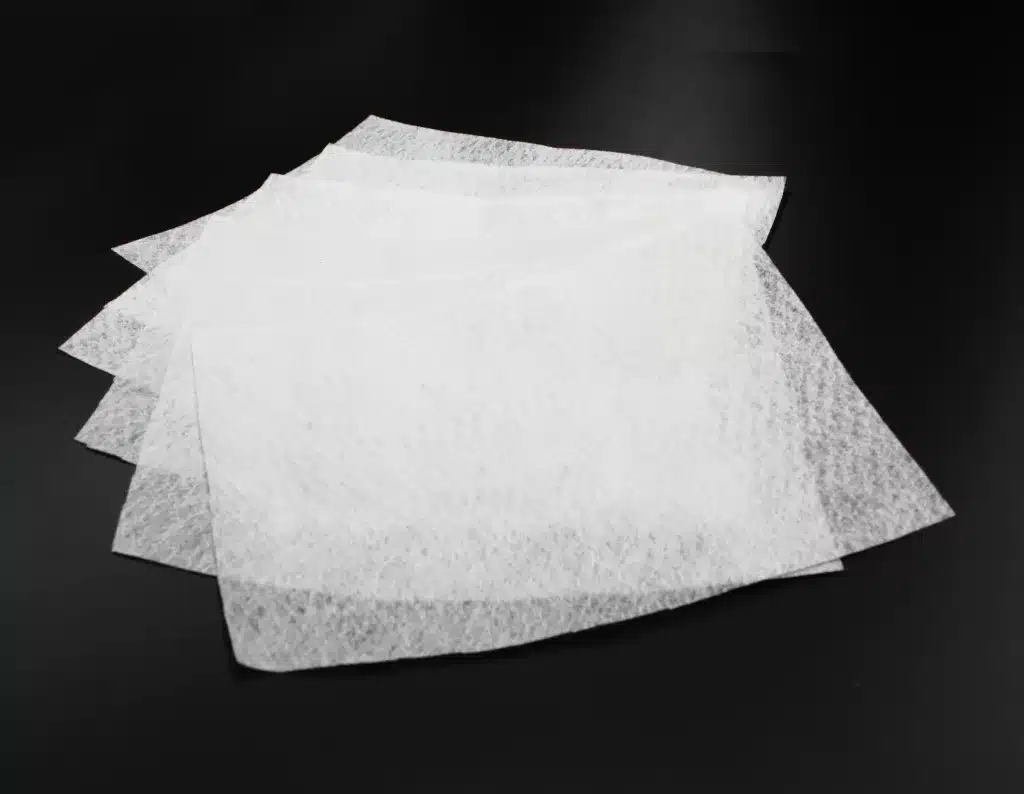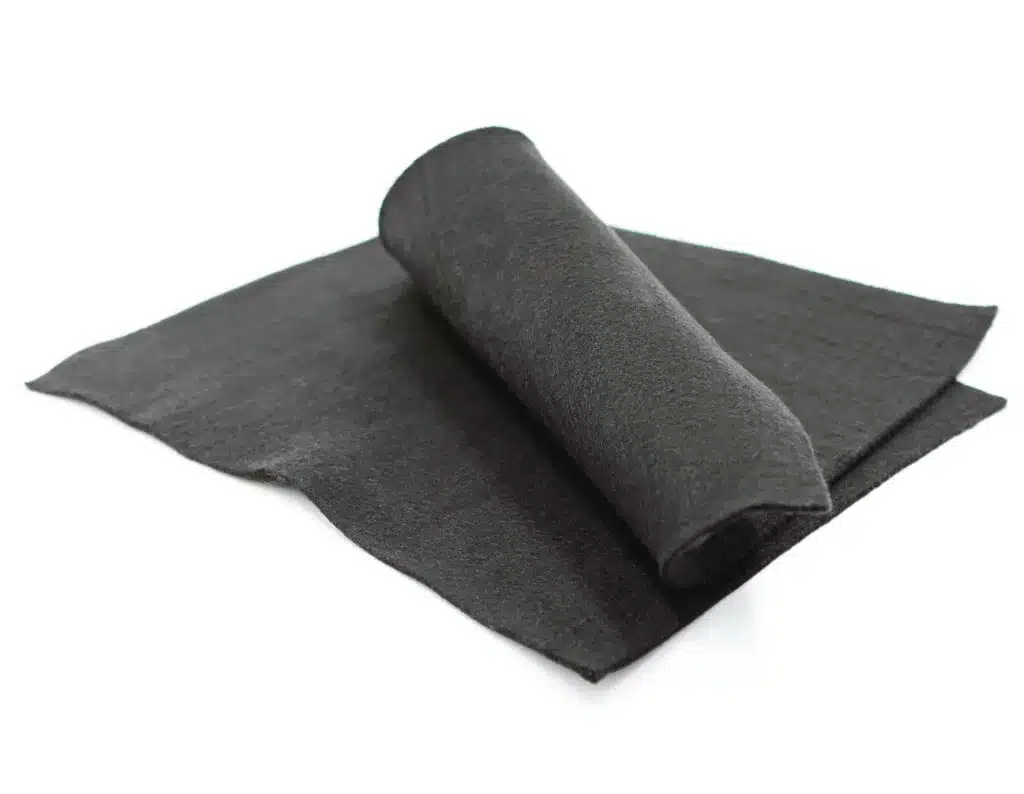+86-159 9860 6917
info@geofantex.com
geofantex@gmail.com
+86-400-8266163-44899
When building a retaining wall, using the right type of fabric plays a critical role in ensuring the wall’s stability, longevity, and proper drainage. Geotextile fabrics are widely recognized as essential materials in construction, particularly for retaining walls. This article will explore the types of fabric used for retaining walls, their purposes, and the differences between geotextile and landscape fabrics. Let’s also discuss how geotextile fabric contributes to the integrity of retaining wall structures.
Which cloth is used in retaining walls?
For retaining walls, Geotextile fabric is commonly used. This fabric is typically made from materials like polypropylene or polyester, which are engineered to resist damage from water, chemicals, and UV rays. There are two main types of Geo textiles: woven and non-woven. Woven Geotextiles provide superior strength, making them ideal for applications requiring soil stabilization, while non-woven Geotextiles are used for filtration and drainage.

What is the purpose of geotextile fabric?
The primary purpose of geotextile fabric in retaining walls is drainage and filtration. When placed between the soil and the retaining wall, geotextile fabric allows draining water to pass through while preventing soil from eroding. This reduces the hydrostatic pressure that can build up behind the wall, ensuring its structural integrity. Additionally, geotextile fabric enhances soil stability by separating different soil from each other and reinforcing soil, reducing the risk of soil displacement.
Is geotextile fabric the same as landscape fabric?
Although both geotextile fabric and landscape fabric are used in outdoor applications, they are not the same. Geotextile fabric is specifically engineered for heavy-duty construction uses such as retaining walls, roads, and erosion control. It is designed to support large loads and has superior strength and durability. Landscape fabric, on the other hand, is primarily used in gardening to suppress weeds and is not as robust. While landscape fabric can handle light soil stabilization tasks, it doesn’t offer the same level of structural support as geotextile fabric; they are entirely different products.
Can geotextile be used in a retaining wall?
Yes, geotextile fabric is highly recommended for use in retaining walls. It is commonly placed behind the retaining wall structure to provide both filtration and drainage. By allowing water to flow through while keeping the soil in place, geotextile fabric minimizes the risk of wall failure due to excessive water pressure or soil erosion. By adding a layer of geotextile fabric, you can reinforce the structure of your retaining wall, ensuring it remains strong and upright even under challenging conditions. This fabric also ensures that the wall remains stable and effective over a long period.
Geotextile fabric is an essential material in retaining wall construction due to its durability and effectiveness in promoting drainage, soil stability, and erosion control. While it differs from lighter landscape fabric, geotextile fabric plays a crucial role in maintaining the longevity and strength of retaining walls by minimizing hydrostatic pressure and preventing soil erosion.



Get Free Sample
We’ll respond as soon as possible(within 12 hours)






















